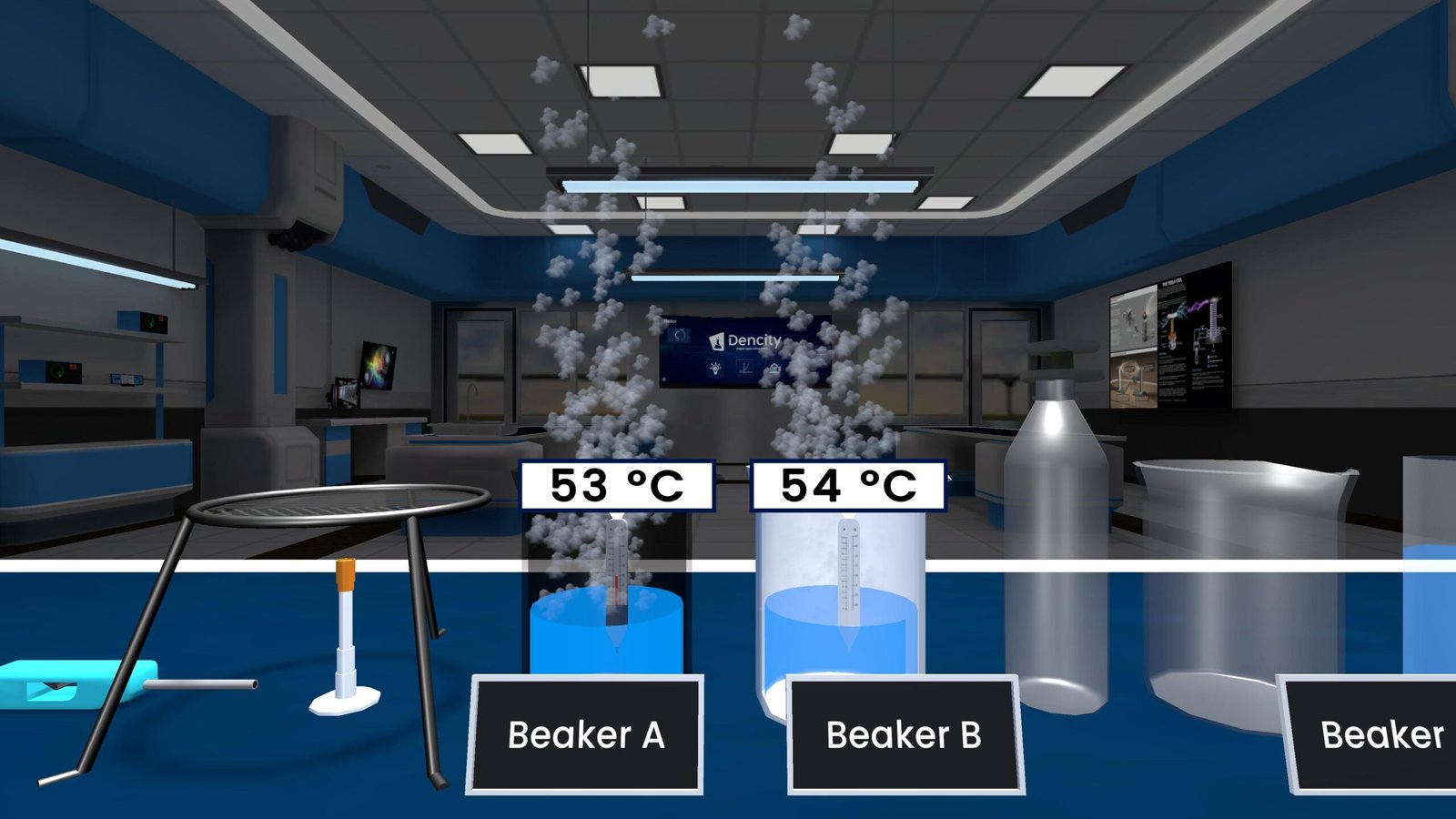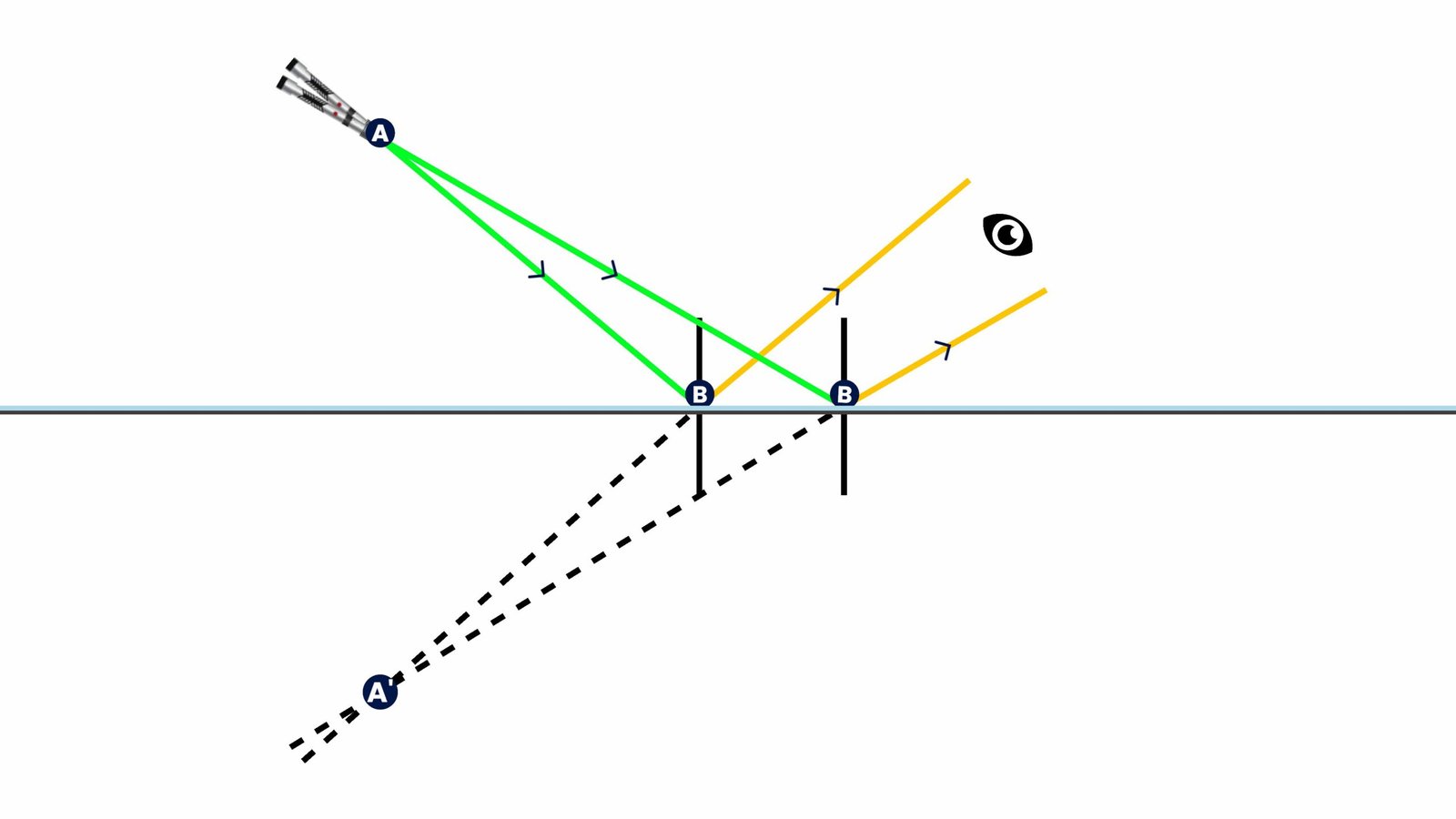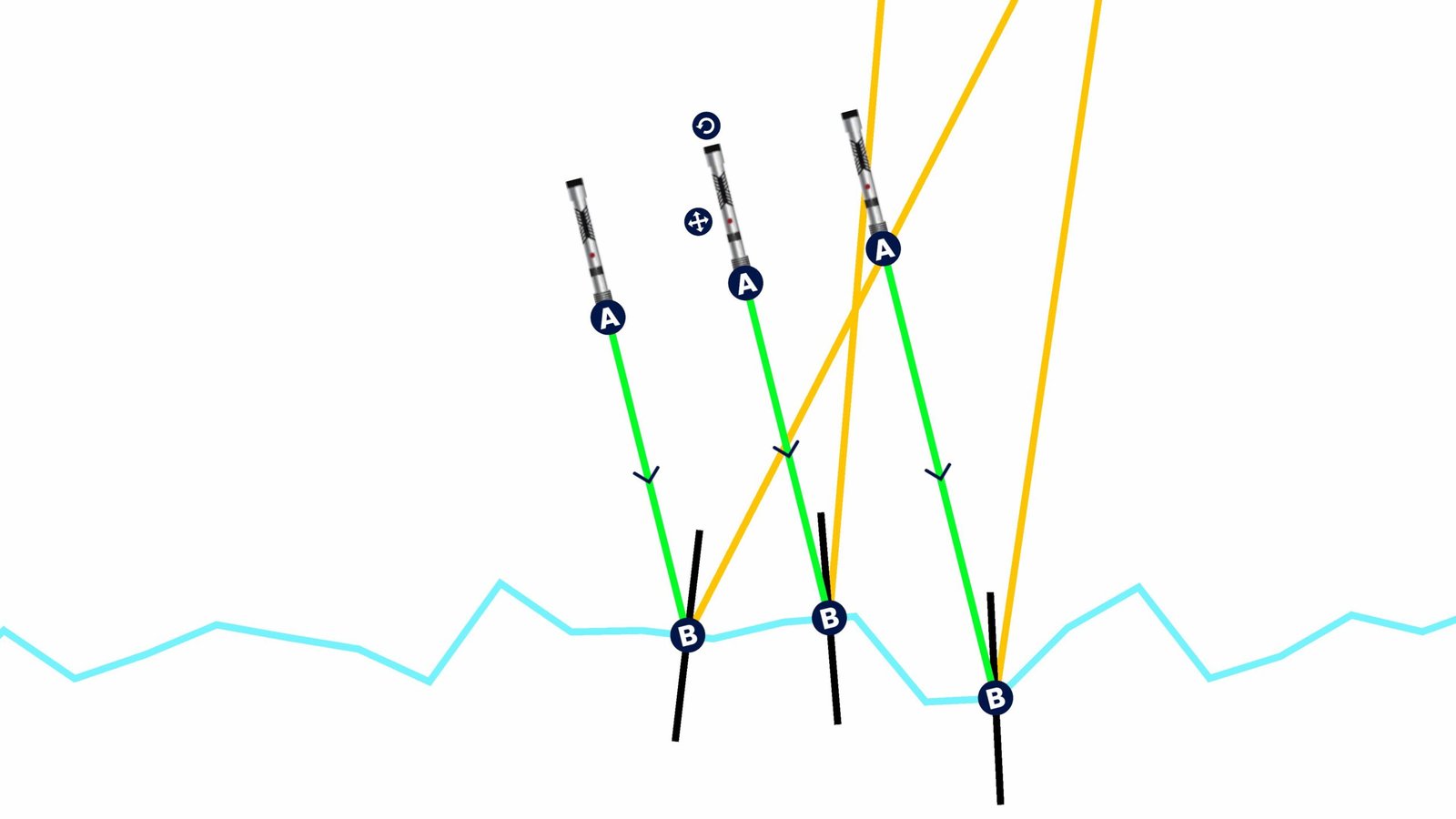Newton’s Second Law of Motion: Force, Mass, and Acceleration Explained
Newton’s Second Law is one of the most important principles in physics. It explains how force, mass, and acceleration are related. Simply put, the more force you apply, the faster an object will move. And the heavier the object, the more force you need to make it move.
The formula is:
F = m × a
Where:
- F = Force applied
- m = Mass of the object
- a = Acceleration produced
Theory for Class 9 Science
According to Newton’s second law:
- Acceleration increases if you increase the force while keeping mass the same.
- Acceleration decreases if the object is heavier, even if the same force is applied.
- If both force and mass are increased proportionally, the acceleration remains unchanged.
This is why a loaded truck takes longer to accelerate than a motorcycle, even if both engines apply the same force.
Real-Life Applications
- Vehicle design: Engineers calculate required force to accelerate a car efficiently.
- Braking systems: The force needed to stop depends on vehicle mass and desired deceleration.
- Sports science: Measures how much force an athlete applies during jumps or sprints.
- Engine power calculation: For machines and vehicles based on load and acceleration needs.
Observations from the Experiment
- When mass increases but force stays the same → acceleration decreases.
- When force increases and mass stays the same → acceleration increases.
- When both increase equally, acceleration remains constant.
- In braking, more force is needed for greater deceleration or heavier loads.
Summary Table
| Condition | Braking Force |
|---|---|
| Mass increases | Increases |
| Deceleration increases | Increases |
Experience Newton’s Second Law in the Dencity App
With the Dencity virtual lab, students can explore Newton’s Second Law hands-on. You can change the mass of an object, apply different forces, and see how acceleration changes in real time.
This topic is part of the Class 9 Science curriculum and is available on the Dencity app across Android, iOS, and desktop.
Students get instant visual feedback and step-by-step calculations that make this concept super easy to understand.
Dencity for Teachers
With Dencity, educators can bring interactive teaching into the classroom:
- Assign experiments on force, mass, and acceleration with auto-evaluation.
- Use live simulations during class with adjustable parameters.
- Explain using annotation tools directly on the experiment screen.
- Create virtual classrooms where students collaborate and share control.
Perfect for Interactive Touch Panels
Dencity works seamlessly on interactive panels, turning your classroom into a fully interactive physics lab. Students can adjust sliders, drag objects, and observe results instantly.
Contact Us for a Demo or Custom Pricing
Want to make your classroom truly digital? Reach out to us today for a personalized demo and custom pricing that fits your school’s needs.
Frequently Asked Questions
- What does Newton’s Second Law mean?
It means the more force you apply, the faster an object will move—if the mass stays the same. - Why does a heavier object accelerate less?
Because it needs more force to move the same way as a lighter object. - What happens if both mass and force increase?
If they increase equally, acceleration stays the same. - How is this law used in real life?
In cars, sports, engines, braking systems, and more. - Can I change force and mass in Dencity?
Yes, you can modify them and see real-time results. - Is this experiment part of Class 9 Science?
Yes, it is aligned with Class 9 curriculum standards. - Can teachers assign this as homework?
Absolutely. Dencity supports homework creation and automatic checking. - Is Dencity available on mobile?
Yes, it works on Android, iOS, and desktop platforms. - Does Dencity give explanations with results?
Yes, it shows step-by-step calculations and graphs. - How can a school start using Dencity?
Contact us for a demo and custom pricing options.







